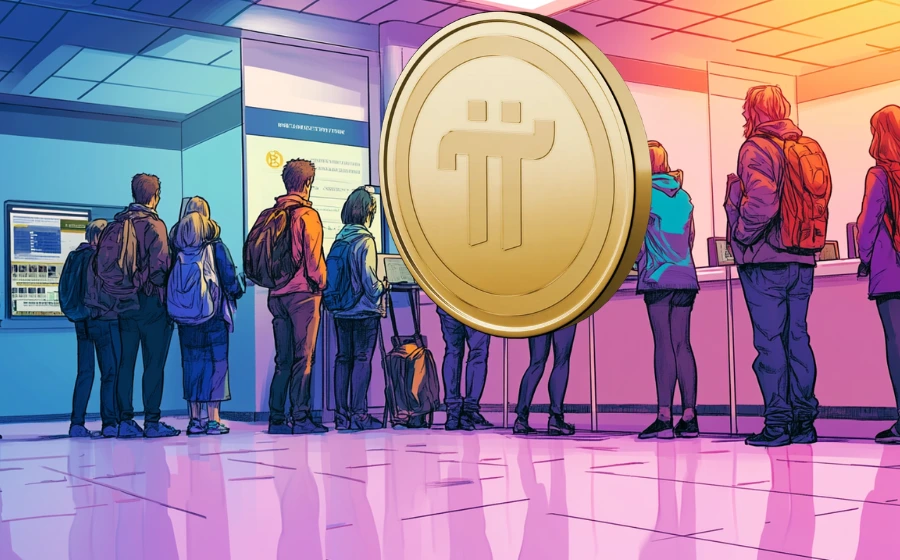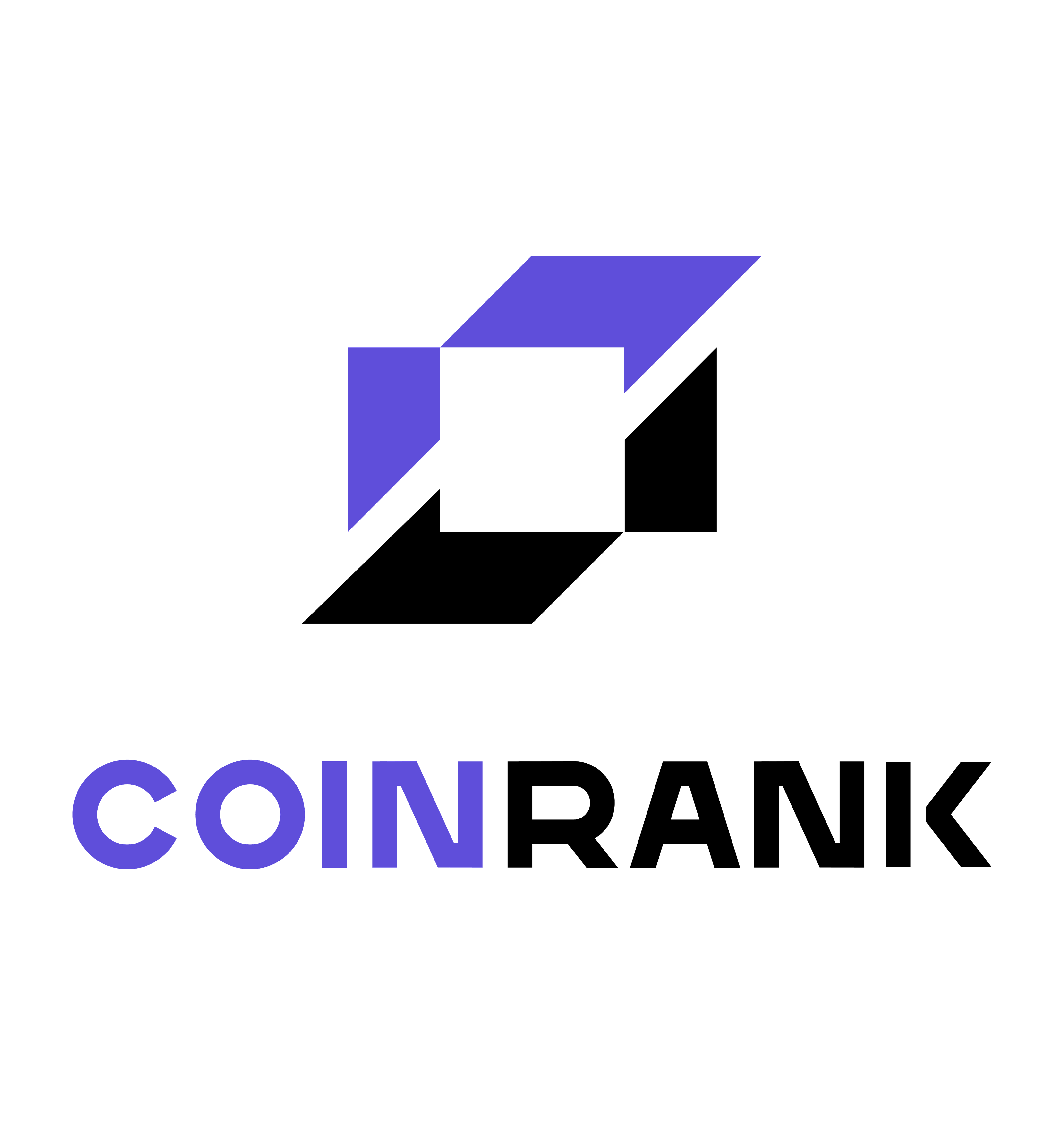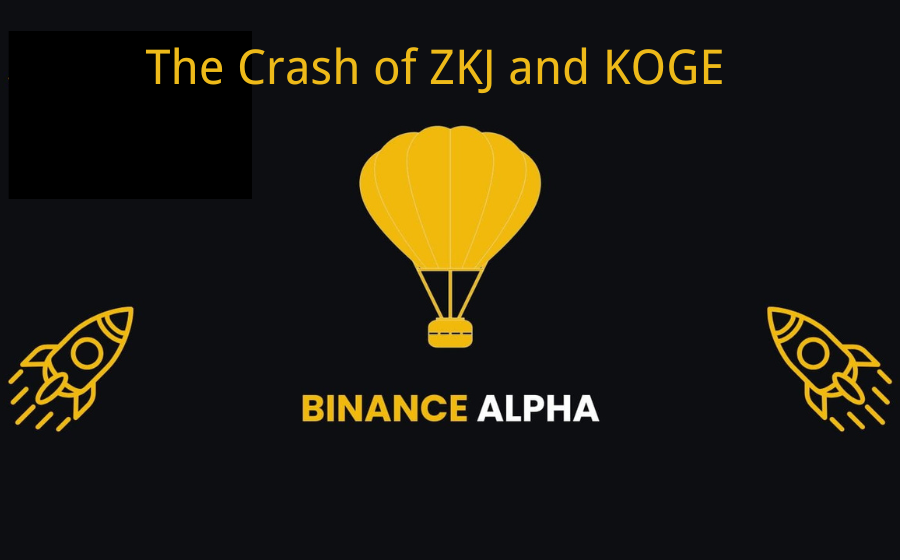
KEYTAKEAWAYS
- Hyperion allocates 30% RION tokens for liquidity incentives, aligning user participation with platform health and long-term stability.
- xRION serves as non-transferable governance token: rewarding commitment and enabling voting, Launchpad access, and staking rewards.
- Team, advisors, community, treasury, investors, airdrop each receive defined allocations (total 70%), ensuring diversified alignment and ecosystem balance.

CONTENT
Discover Hyperion’s RION and xRION tokenomics: unique allocation with liquidity incentives, governance tokens, airdrops, and community rewards—designed for sustainable growth and protocol alignment.

TOKEN STRUCTURE AND PURPOSE
Hyperion has officially unveiled its tokenomics for the long-anticipated RION token, along with its governance counterpart, xRION. Together, these two form the foundation of Hyperion’s economic and governance system.
But rather than follow conventional models, Hyperion has opted for a dual-token setup that creates a clear distinction between utility and governance—while also aiming to avoid the usual pitfalls of short-term speculation.
RION is designed to be the main utility token across the platform. It’s transferable, liquid, and used for transactions and staking.
However, when users stake RION, they receive xRION in return—a non-transferable token with an entirely different function.
xRION grants holders access to governance rights, Launchpad or whitelist privileges, and continued staking rewards. In essence, it’s a signal of long-term commitment and platform alignment rather than just another tradeable asset.
This architecture encourages users to engage with the ecosystem in a deeper way. While RION fuels daily economic activity, xRION ensures that governance and strategic decisions are made by participants who are actively involved and invested in the platform’s success.
A CLOSER LOOK AT THE ALLOCATION PLAN
In total, Hyperion’s token distribution has been structured to balance liquidity, sustainability, and decentralization.
Thirty percent of the total RION supply has been allocated to liquidity incentives—an aggressive move intended to attract active users and deepen on-chain liquidity. This is especially relevant for a project aiming to build a vibrant DeFi economy, where tradability and depth are vital to healthy participation.
The protocol treasury has been allocated 22.9% of the token supply. These funds are expected to support long-term development, operations, and future ecosystem expansion. The team and advisors will receive 20%, a share that aligns with standard industry practice and offers fair compensation without centralizing too much control.
Public distribution accounts for 9%, offering the broader community access through sales or exchange listings.
Meanwhile, 5% is reserved for airdrops—targeting early adopters and helping to incentivize loyal participation. Another 5% goes toward broader community incentives, meant to reward meaningful contribution beyond just holding tokens.
Finally, 8.1% has been allocated to investors—signaling strategic support without allowing financial backers to dominate the protocol’s direction.
Rather than relying heavily on private sales or insider allocations, Hyperion has chosen a structure that diversifies control and ownership across its stakeholders. The presence of both a public sale and airdrop allocation also underlines a serious attempt to bring more users into the fold without compromising decentralization.
WHY THIS MODEL STANDS OUT
Tokenomics is one of the trickiest parts of building a decentralized project.
Too often, teams over-allocate to early investors or lock too many tokens in team-controlled treasuries. Hyperion’s approach—while not radically experimental—takes a measured and thoughtful route. By separating governance from liquidity and rewarding participation with utility, the platform avoids conflating influence with capital alone.
Moreover, the design ensures that governance is earned through staking and participation, not purchased on the open market. This helps reduce governance attacks and speculation-driven decision-making, making it more likely that the platform remains aligned with long-term builders and users.
Another smart choice is reserving a substantial share for protocol liquidity. Many projects underestimate the role of consistent, deep liquidity when launching tokens. Without it, even well-designed ecosystems struggle to grow. Hyperion seems aware of this, and has backed up its thesis with a significant commitment of token supply.
LOOKING AHEAD
With the structure now public, the next steps for Hyperion will involve bringing these mechanics to life.
The staking interface, xRION distribution, and liquidity programs are expected to launch soon. Holders interested in participating in governance or future Launchpad offerings should begin preparing their wallets, as the earliest users are likely to benefit the most from these mechanisms.
The team also hinted that further utility may be added to xRION down the line, reinforcing its position as a long-term incentive layer. For now, though, Hyperion is clearly focused on building a token model that’s resilient, fair, and forward-looking.
FINAL THOUGHTS
There’s nothing flashy or outrageous about Hyperion’s tokenomics—and that’s what makes it worth paying attention to.
In a space often driven by hype and short-term token pumps, this is a rare case of fundamentals-first design. By clearly separating utility and governance, providing real incentives for liquidity, and allowing meaningful public access, the platform is setting a strong foundation.
Whether Hyperion succeeds will depend on execution, of course. But with a token model like this, it’s at least giving itself a fighting chance—and maybe that’s what matters most.















